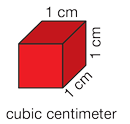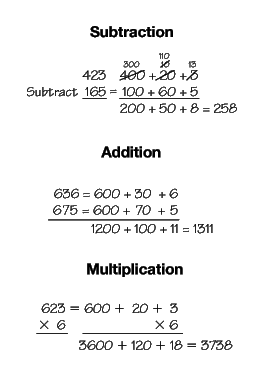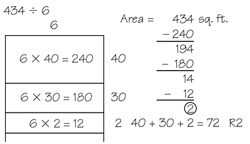Students practice a variety of strategies including estimation for multiplication with multidigit numbers. They apply these strategies to multistep problems, including problems finding volume. Students play the Multiplication Digits Game to practice methods and place value concepts in multidigit multiplication.
Content in this Lesson
- Choosing and using mental math, estimation, and paper-and-pencil methods (expanded form, rectangle model, all-partials, compact) to find products [E4, 6].
- Estimating products [E5].
- Showing connections between models and strategies for multiplication [E2].
- Demonstrating understanding of the place value concepts and mathematical properties involved in operations with multidigit numbers [E1].
- Using multiplication and division strategies to find the area of rectangles, shapes based on rectangles, and the volume of boxes [E8, 9].
- Solving multistep problems using addition, subtraction, multiplication, and division [E7].
- Knowing the problem [MPE1].
- Finding a strategy [MPE2].
- Checking for reasonableness [MPE3].
- Communicating solution strategies [MPE5].
- Using labels to show what numbers mean [MPE6].
Assessment in this Lesson
| Assessment | Expectation Assessed | Math Practices Expectation Assessed |
|---|---|---|
|
Practice Multiplication Strategies |
|
|
|
Practice Multiplication Strategies |
|
|
|
Workshop: Multiplication Strategies |
|
|
|
Workshop: Multiplication Strategies |
|
|
|
Workshop: Multiplication Strategies |
|
|



















